Introduction: Securing Your Future with Life Insurance from Beach Insurance
Navigating the world of life insurance can feel complex, but understanding your options is crucial for safeguarding your loved ones’ financial well-being. At Beach Insurance LLC, we’re dedicated to helping you make informed decisions. This guide will explore the 5 Different Types of Life Insurance & How to Choose in 2025, offering clarity and expert advice to secure your future.
Understanding the Core: What is Life Insurance and Why You Need It
Life insurance serves as a vital financial safety net, providing a sum of money (death benefit) to your chosen beneficiaries upon your passing. This benefit can help cover various expenses, from daily living costs and outstanding debts to future financial obligations like college tuition or mortgage payments. It offers peace of mind, knowing that even in your absence, those who depend on you will have financial support.
The Two Pillars: Term Life Insurance vs. Permanent Life Insurance
At its foundation, life insurance falls into two broad categories: term and permanent. Term life insurance provides coverage for a specific period, typically 10, 20, or 30 years. It’s often the most affordable option, designed to protect your family during critical financial periods, such as when you have young children or a mortgage. If you outlive the term, coverage ends, and there’s no payout.
In contrast, permanent life insurance, which includes whole life and universal life policies, offers lifelong coverage. As long as premiums are paid, the policy remains in force. A key feature of permanent life insurance is its cash value component, which can grow over time on a tax-deferred basis and can often be borrowed against or withdrawn during your lifetime, offering a living benefit.
Navigating the 5 Different Types of Life Insurance & How to Choose in 2025
Beyond the fundamental distinction between term and permanent coverage, several specific policy types offer unique features tailored to various financial needs and goals. Understanding these nuances is essential when selecting the right protection for your family.
Term Life Insurance: Essential Protection for Specific Periods
As mentioned, term life insurance provides coverage for a fixed period. It’s often referred to as “pure life insurance” because its primary purpose is a death benefit payout if the insured dies within the specified term. Premiums are typically level throughout the term, making budgeting straightforward. It’s an excellent option for:
- Young families needing coverage until children are grown and financially independent.
- Individuals wanting to cover a mortgage or other significant debts with a clear end date.
- Those seeking maximum coverage at the lowest initial cost.
While term life doesn’t build cash value, many policies offer the option to convert to a permanent policy, providing flexibility as your circumstances evolve.
Whole Life Insurance: Guaranteed Lifetime Coverage and Cash Value Growth
Whole life insurance is a type of permanent life insurance that ensures coverage for your entire life. It stands out with its fixed premiums, guaranteed death benefit, and a cash value component that grows at a guaranteed rate. This predictable growth makes it a stable financial asset. The cash value in a whole life policy can be accessed through loans or withdrawals, offering a valuable resource for various life events, such as supplementing retirement income or funding education. It’s particularly well-suited for:
- Estate planning and wealth transfer.
- Individuals seeking predictable premiums and guaranteed cash value growth.
- Those who want to ensure funds for final expenses or leave an inheritance.
Universal Life Insurance: Flexible Coverage for Changing Financial Needs
Universal life (UL) insurance is another permanent life insurance option, but it offers greater flexibility than whole life. Policyholders can often adjust their premium payments and death benefits within certain limits. A portion of the premiums goes into a cash value account, which can grow based on an interest rate set by the insurer. This adaptability makes UL policies attractive for individuals whose financial situations may change over time, such as those with variable incomes. Key benefits include:
- Flexible premiums, allowing adjustments based on financial circumstances.
- Adjustable death benefits to match evolving needs.
- Potential for cash value growth, offering a living benefit.
Variations like Indexed Universal Life (IUL) link cash value growth to a market index (e.g., S&P 500) with caps and floors, balancing growth potential with downside protection. Variable Universal Life (VUL) offers even more investment control, allowing policyholders to allocate cash value to subaccounts, which carries higher risk but also greater growth potential.
Variable Life Insurance: Growth Potential Through Investment Subaccounts
Variable life insurance is a permanent life insurance policy where the cash value is invested in various subaccounts, similar to mutual funds. This means the cash value can grow significantly with positive market performance, but it also carries the risk of loss if investments perform poorly. Variable life policies often offer a fixed death benefit, but the cash value fluctuates based on investment performance. This type of policy is typically for individuals who:
- Have a higher risk tolerance and are comfortable with market volatility.
- Seek greater growth potential for their policy’s cash value.
- Are experienced investors who want control over their policy’s investment component.
Burial (Final Expense) Insurance: Covering End-of-Life Costs Affordably
Final expense insurance, often referred to as burial insurance, is a simplified form of whole life insurance designed specifically to cover end-of-life costs. These policies typically offer smaller death benefits (e.g., $5,000 to $25,000) and are easier to qualify for, often requiring no medical exam or only a few health questions. It provides a straightforward way to ensure that funeral expenses, outstanding medical bills, or other modest final debts don’t burden surviving family members. This type of coverage is ideal for:
- Seniors or individuals with health issues who may not qualify for traditional policies.
- Those who primarily want to cover funeral and burial costs.
- Individuals seeking an affordable policy with guaranteed acceptance.
Making Your Choice: Key Factors in Selecting the Right Life Insurance Policy
Choosing among the 5 Different Types of Life Insurance & How to Choose in 2025 involves a careful assessment of your unique situation. Consider the following factors:
- Coverage Duration: Do you need coverage for a specific period (e.g., until your children are grown, or your mortgage is paid off), or do you desire lifelong protection?
- Cash Value: Is a savings or investment component important to you? Do you want the ability to borrow against your policy?
- Flexibility: Do you anticipate needing to adjust your premiums or death benefit in the future?
- Cost: What can you comfortably afford in premiums, both now and in the long term?
- Health: Your current health status and age will significantly impact eligibility and premium rates.
- Risk Tolerance: Are you comfortable with market-linked investments for cash value growth, or do you prefer guaranteed returns?
It’s beneficial to conduct a life insurance needs analysis, which involves evaluating your income, debts, living expenses, and future financial obligations to determine the appropriate coverage amount.
The Application Journey: Understanding Life Insurance Underwriting
The application process for life insurance, known as underwriting, is how insurers assess your risk to determine eligibility and premiums. For traditional policies, this typically involves a detailed health questionnaire, a medical exam (including blood and urine tests), and a review of your medical history. Factors like age, health, lifestyle, and family medical history all play a role. Younger and healthier applicants generally receive lower rates.
For those who prefer to avoid a medical exam or have health concerns, simplified issue and guaranteed issue policies are available. Simplified issue involves a health questionnaire but no exam, while guaranteed issue requires no medical questions, offering more accessible coverage, albeit often with higher premiums and lower death benefits.
Why Beach Insurance LLC is Your Trusted Partner for Life Insurance
At Beach Insurance LLC, we understand that life insurance is not a one-size-fits-all product. Our experienced professionals are here to guide you through the complexities of each policy type, helping you compare options and customize coverage to your specific needs. We are committed to providing transparent advice and comprehensive solutions that align with your financial goals, ensuring your family’s financial security for years to come.
Protect Your Loved Ones Today with the Right Coverage
Securing the right life insurance policy is a cornerstone of responsible financial planning. By understanding the 5 Different Types of Life Insurance & How to Choose in 2025, you empower yourself to make a decision that provides lasting peace of mind. Whether you opt for the affordability of term life, the lifelong guarantees of whole life, or the flexibility of universal life, the goal remains the same: to protect your loved ones when they need it most.
Visit our Contact Us page.






